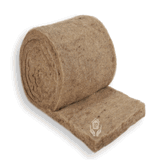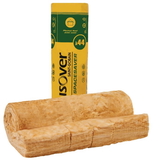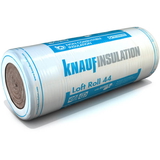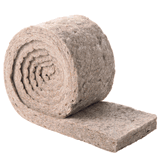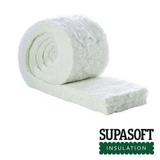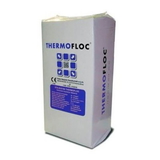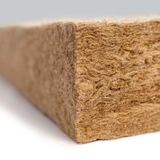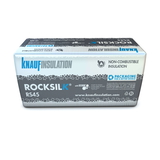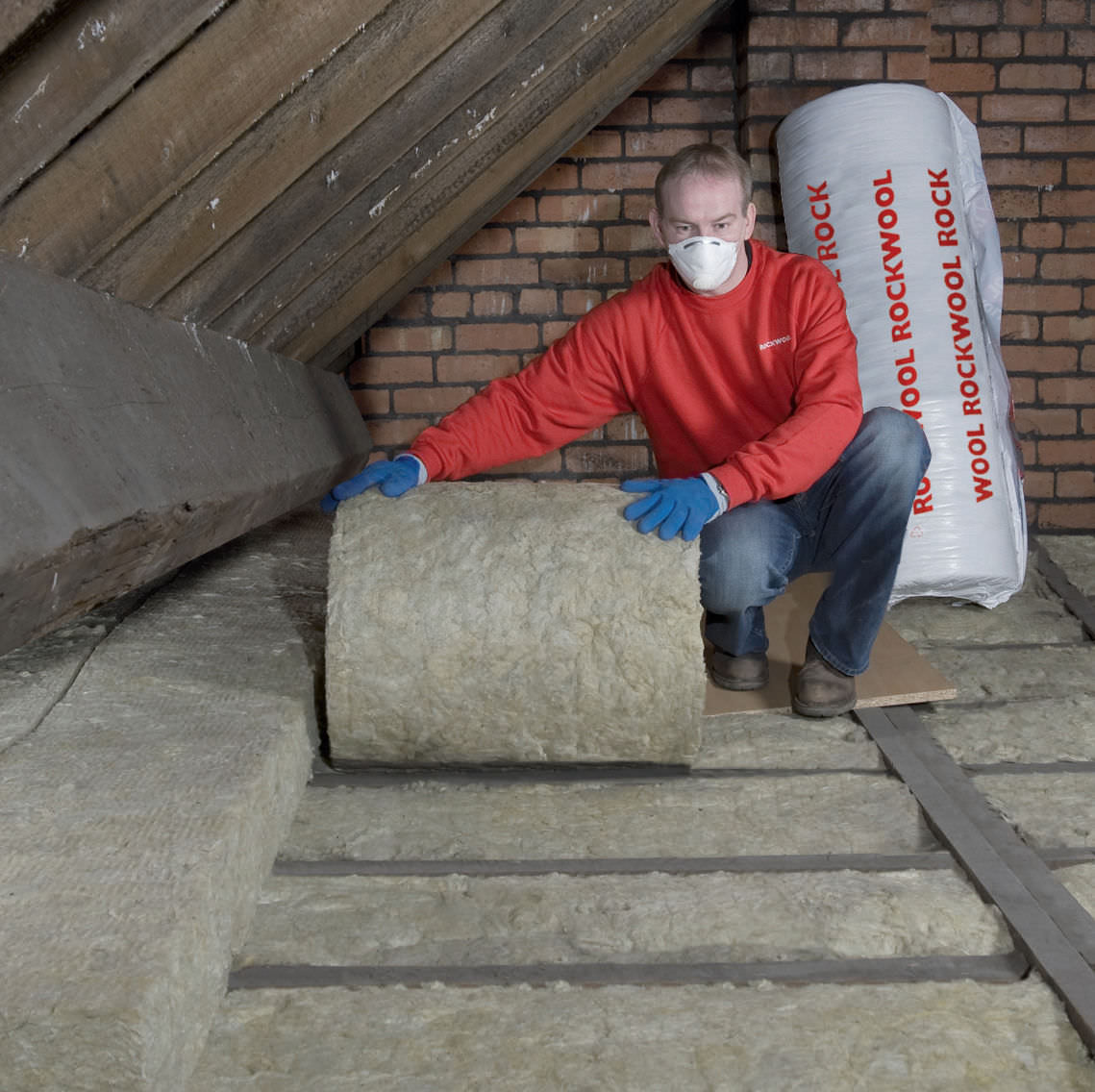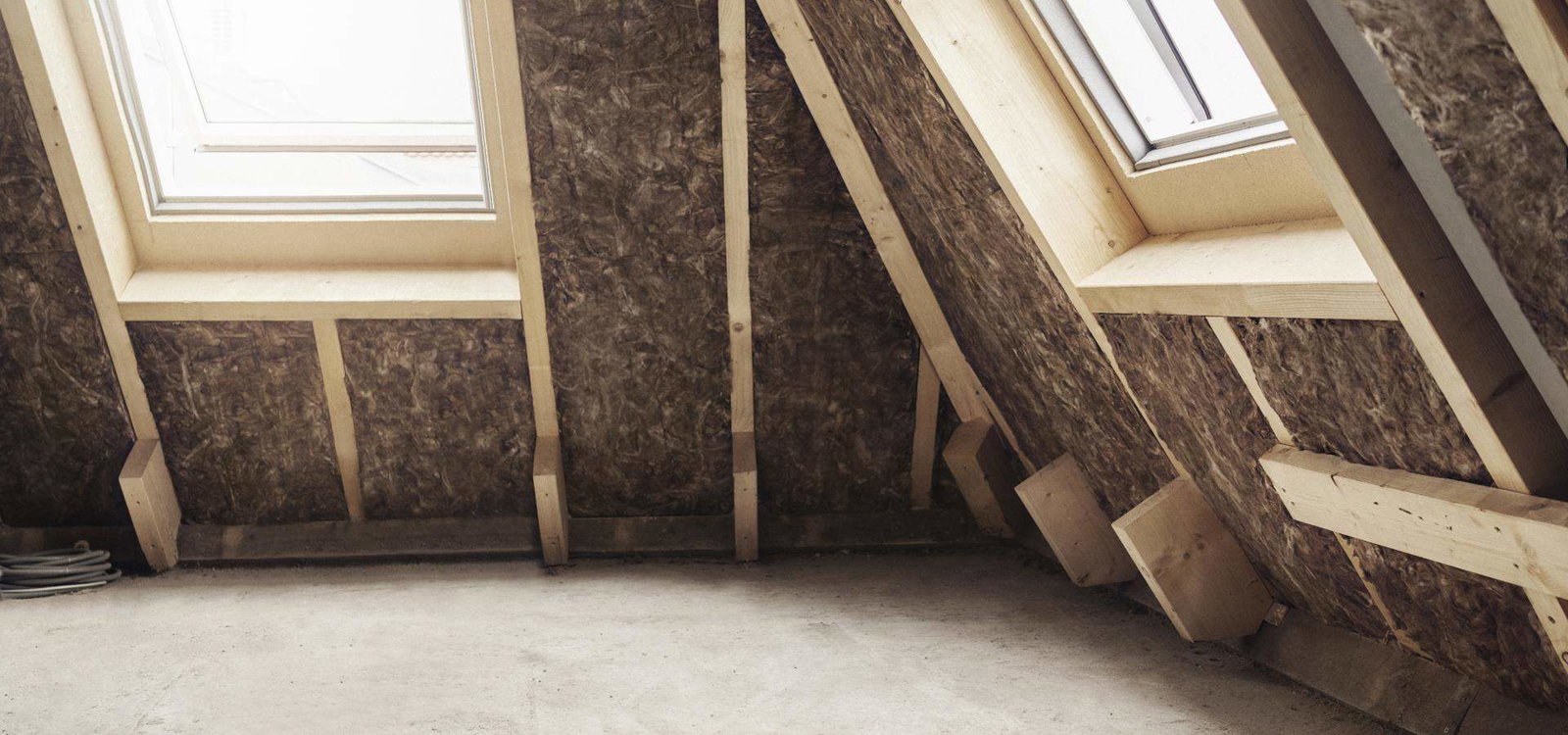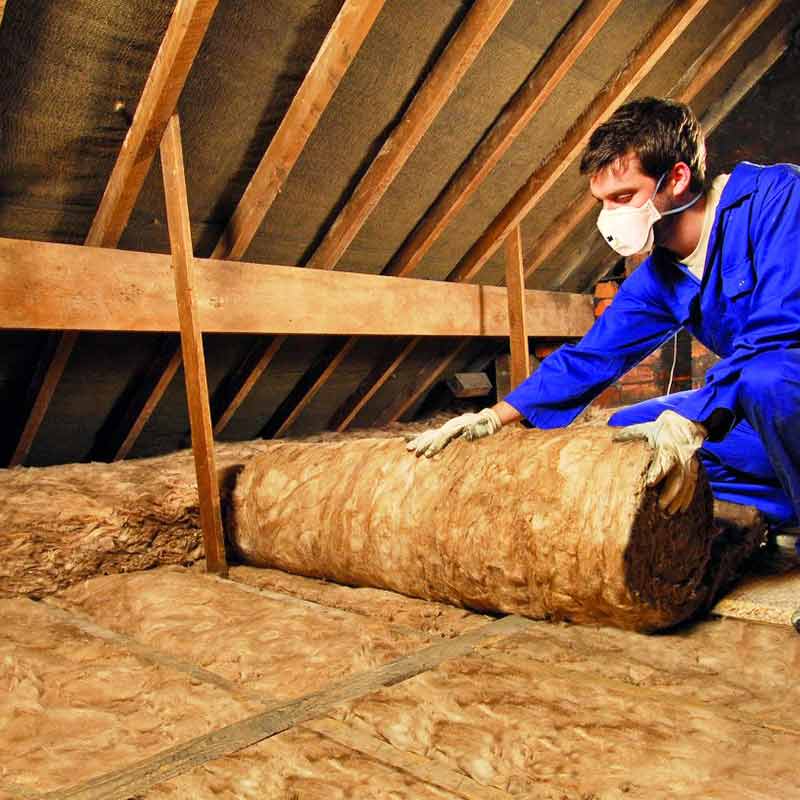- Blogs
- How Does Loft Insulation Work? | The Ultimate Guide
How Does Loft Insulation Work? | The Ultimate Guide
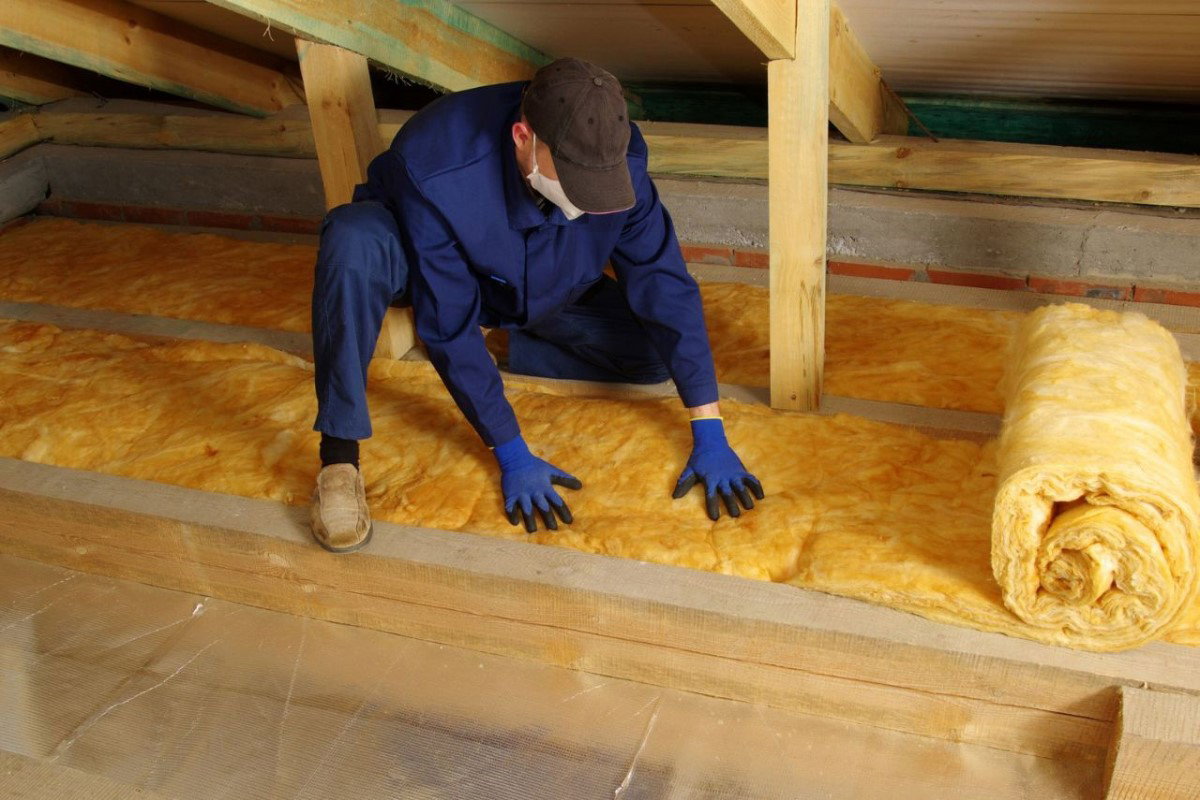
Did you know that a significant portion of heat escapes via the roof? This can increase energy bills as we try to keep our homes nice and warm.
One of the best solutions is installing insulation. It's long-term, low-maintenance, and effective!
Interested? Keep reading because we have all the information you need.
What Is Loft Insulation?
If you have problems with heating and are looking for a long-term, low-maintenance solution that can also increase your energy savings, you might want to try insulating your loft.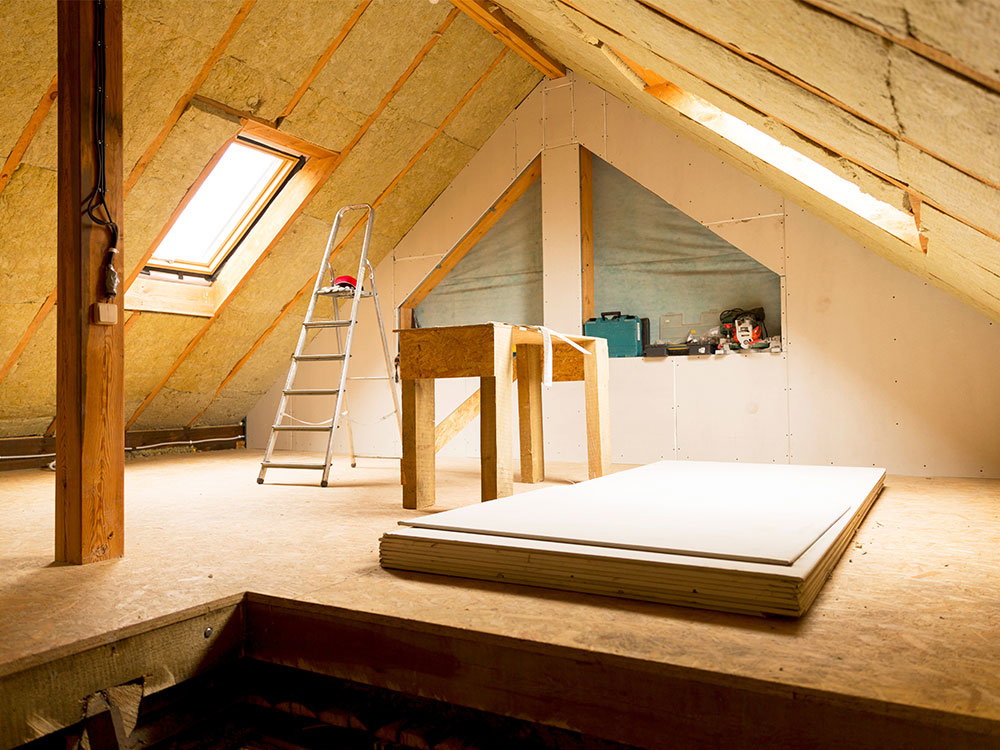
Loft insulation is a layer of a thermally-efficient barrier separating the loft and the roof, preventing heat from escaping and helping regulate the overall temperature of a house.
The insulation material is usually fitted between loft joists (i.e., the horizontal beams along the attic floor) or the rafters (i.e., the angled beams on the underside of the roof).
The government suggests installing loft insulation at least 270 mm in thickness, which can mitigate 25% of heat loss from a household with poor insulation or no insulation.
By not allowing heat to escape through the roof easily, loft insulation can keep the room below warm and comfortable for a longer time and regulate heat during scorching summers.
Though its primary purpose is to prevent heat loss, loft insulation can also assist in reducing a household's carbon footprint, saving up to 1000 kgs in carbon dioxide emissions per year.
Insulation can be affordable or a bit more costly depending on how you want to install it, but when done correctly, it is an investment that will pay for itself many times over.
loft insulation
How Loft Insulation Works
Loft insulation works by trapping heat before it escapes through the roof of a home. Heat rises, and a fourth of a house's warmth can easily go past an uninsulated roof.
Think of insulation material as a blanket that keeps the house warmer and cosy for longer.
It can help lower heating bills and carbon footprint by preventing heat loss, lessening the fuel needed and work done by central heating.
You can save on energy bills by allowing the spaces below to remain at the same temperature extendedly.
The Different Types of Loft Insulation Material
There are different loft insulation materials available today. Let's look at some popular ones and other materials you might like:
1. Mineral Wool Insulation![rockwool loft insulation]()
Mineral wool insulation is probably the most common type of blanket insulation. It can be made of recycled materials like melted wool or stone.
Mineral wool comes in large rolls or batts. They are fibrous and can easily be fitted between joists. They don't absorb moisture (so moulding isn't an issue), yet they are not flammable.
They are excellent insulators and last a long time. Use protective clothing if you plan on DIY-ing with this material, as it can irritate the skin.
2. Sheep's Wool Insulation
If you want something more organic for your home than mineral wool, sheep's wool is a good alternative. It is a 100% natural and sustainable option.
They come in rolls or large tiles for easy fitting. Like mineral wool, it is also non-flammable, immune to moulding, and effective in conducting heat.
It's more expensive than mineral wool and may need chemical treatment to keep pests away.
3. Sheet Insulation
The sheet material is good for insulating the roof because it comes in board form. It's great for insulating the roof instead of the loft floor for a warmer attic space.
They are also easily covered by plasterboards for design purposes.
On the downside, they are more costly and less environmentally friendly to produce.
What Are the Benefits of Insulating Your Loft Space?
Numerous benefits come with proper loft insulation. We will discuss below some of the main advantages it can give your home:
#1 It Helps the Home to Feel More Comfortable Year-Round
We know that insulation keeps the heat from escaping through the roof, allowing the space below to stay warm and cosy for a longer time with less work done by the heating.
We know by now that its primary purpose is to prevent heat loss, which is great for winter and most of the year.
But did you know that having proper loft insulation also helps the house feel cooler in the summer? Insulation traps heat, and this helpfully goes both ways.
The warmth from the interiors generated by central heating is kept in, and warmth from the sun coming through the roof is caught by the insulation before it spreads to the rest of the house.
#2 It Can Reduce Your Spending on Energy Costs in the Long-Term
A gas-heated home can quickly rake up your income in heating bills, especially with the typical UK weather, since most people want their interiors to be pleasant and temperate.
If you equip your loft with insulation, it can keep 25% more heat inside, meaning you can keep the space beneath it warm for less energy, meaning a lower energy bill.
A house with no previous insulation can save as much as £590 per year with loft insulation, according to Energy Saving Trust.
In addition, if installed properly, the loft insulation should last for 40 years, so you can enjoy a great investment return in energy savings.
#3 It's Good for the Environment
Climate change is a problem that only seems to be getting worse, so it is truly a welcome side effect that loft insulation can help households assist in lowering global carbon emissions.
This is because loft insulation bumps up the efficiency of a household's heating system. The less energy used helps save money and reduces C02 emissions.
A house with no insulation could release between 560 kg - 1000 kg of carbon dioxide annually! That is a huge amount that can otherwise be avoided.
![installing loft insulation]() What Are the Disadvantages of Loft Insulation?
What Are the Disadvantages of Loft Insulation?
Insulating your loft and draught proofing is either a costly one-time expenditure or a labour-intensive (and possibly risky) project.
Though we highly recommend it, we understand that not everyone can afford to spend a lot of money at once or can allot enough time to complete the process adequately.
It can also introduce damp problems if not done correctly or worsen them if they aren't addressed before installation.
How Much Loft Insulation Do I Need?
As mentioned previously, the government currently prescribes a 270 mm thickness of insulation (which is the figure on which heat loss and savings calculations are based) to be installed.
If the insulation fitted in your loft follows that figure, that will give a U-value of 0.15. The closer to 0 that value is, the more thermally efficient your insulation will be.
How much material you need to insulate your loft depends on your loft space, as well as water pipes, tanks, and electrical wiring.
You can measure the total space of the rooms beneath the loft, and this would roughly be the amount of insulation you need.
Once you have this measurement, take into account wall widths and that you need some space around the perimeters of the insulation to provide airflow and avoid damp issues.
You might also need to use insulation board against the roof if you want a warm loft that you can turn into a living space or something similar.
Can I Insulate My Loft Myself?
The feasibility of doing your own loft insulation depends on many factors. Though possible, we always recommend getting professional help to ensure the job is done right.
If you have a big enough roof space and the joists in your loft are regularly spaced, then yes, you could likely do your own insulation.
This is cheaper, but do remember to check your building regulations beforehand to avoid future complications.
However, there are cases where a professional installer and their specialist equipment are needed for the loft insulation to be installed correctly.
If you have a flat roof, this makes the job trickier, and you would be much better off handing it off to an expert.
Insulation of a flat roof is best done on the outside, as doing it from the outside can introduce condensation.
What to Consider Before Installing Loft Insulation
Here are some things you need to keep in mind before fitting insulation:
The Roof
Do you have a flat roof? If yes, we recommend working with a professional because flat roofs need the precise eye and skillset of an expert to do them properly.
If you don't have a flat roof, you next need to ensure there's enough space before going ahead with your DIY project.
Damp Problems
Insulating the attic usually means that the space will be colder than before. If there's a dampness, it needs to be taken care of before insulation so that it won't worsen.
Condensation can affect the respiratory health of your family, so it is a huge consideration.
Warm Loft or Cold Loft?![knauf loft insulation]()
A cold loft is one where you insulate the joists, so the space above it will have a cold temperature unsuitable for a living space.
This is fine if the most you'll use it for is storage for items that aren't thermally sensitive.
On the other hand, you'll need to fit rigid insulation boards on the rafters and party walls for a warm loft. This is great if you want to turn it into a small office or other.
For extensive projects in the attic, you may be looking at a complete loft conversion.
Building Regulations
This is very important to check out as you want your loft insulation to help you, not get you in trouble with authorities.
For example, you might want to approach a professional to insulate traditionally constructed buildings instead of DIY-ing them.
How to Insulate a Loft (DIY Guide)
Installing loft insulation yourself is doable, provided you understand the precautions we have outlined so far.
This DIY guide assumes you opt to use blanket insulation material (such as mineral wool or sheep wool):
Step 1: Prepare the Loft
You need to clear away any items previously stored in the loft to be able to fit insulation between the joists properly.
Doing this also allows you to survey any pipes, tanks, and wirings found in the roof space that can get in the way of the insulation.
Water pipes and tanks can freeze and rupture since they will not be as exposed to warm air. The wiring must be above the insulation, and recessed downlights will heat it.
Here's how you work around them:
-
Water pipes and tanks: Add insulation to these items before laying down the blanket insulation throughout the loft.
-
Electrical wiring: They need to be placed on top of the insulation BUT be careful not to stretch them. Contact a qualified electrician if you are not confident.
-
Recessed downlights: You will need to fit loft caps to the back part of the lights to act as a barrier because the light can get hot.
Step 2: Measure Loft Size and Get the Appropriate Amount of Insulation![insulate lofts]()
Once your loft is ready, measure the loft space, taking note of the pipes and tanks' insulation and other electrical items to avoid and work around.
Ensure your measurements are correct before getting the material (mineral wool is usually available in DIY stores).
We suggest following the government's suggestion to fill a depth of at least 270 mm for loft insulation, so try to get enough material if possible.
You may also want to get slightly more than you need, just in case.
Step 3: Lay Down the Loft Insulation
For the first layer, you should cut the blanket material into strips that fit between your loft joists perfectly. Use scissors or a saw instead of tearing or stretching.
Then, fit the first layer in place, allowing them to fill a depth of 100 mm between joists. If you've used loft caps, gently nestle the material around them.
Once that is done, it's time to put the second layer, which can be between 170 mm - 200 mm thick. Without obstacles, this layer does not need to be cut.
Place the material so it runs perpendicular, or at a right angle, over the joists and the first layer and simply unroll it, making sure it lays even and snugly throughout the space.
When fitting the material, only press lightly! Do not squish, as that can diminish the thermal efficiency of the insulation.
If you place boards above the insulation, provide a gap for airflow to prevent condensation.
BONUS: Consider an Insulated Loft Hatch
In our opinion, avoiding cold draughts beneath the loft hatch is quite easy and worth the effort.
You can add a layer of insulation inside and use draught-proofing strips between it and the frame.
Insulating the loft hatch will allow good temperature throughout the house.
Frequently Asked Questions
Here's more information about loft insulation that you want to know:
Can I Put New Insulation on Top of the Old?
It depends on the situation of the old insulation material (see below), but this is okay to do in most cases. In fact, if it's still in good condition, you can benefit from the old and new insulation together.
Should I Remove Old Loft Insulation Before Laying New?
If the existing insulation is or has been wet, you should lift it and resolve the cause of moisture. Once fixed, we suggest insulating the space from scratch to ensure no moulds can grow further.
Can You Put Too Much Insulation in a Loft?
The law of diminishing returns applies to loft insulation. Sealing heat too tightly can cause moisture and give you moulds and other problems.
If you have enough insulation (complying with government standards), we suggest stopping there.
How Much Is Loft Insulation?
It depends on your house, area, amount of insulation, and level of professional advice you engage, but the typical costs as estimated by Energy Saving Trust are as follows:
-
Detached house: £310 - £395
-
Semi-detached house: £250 - £300
-
Mid-terrace: £240 - £285
-
Bungalow: £295 - £375
How Much Can I Save by Insulating My Loft?
Loft insulation is an investment that can pay for itself many times over. Depending on the amount of insulation you installed, here's how much you can save:
-
Detached: £25 - £240
-
Semi-detached: £15 - £140
-
Mid-terrace: £15 - £135
-
Bungalow: £20 - £200
Can I Get Free Loft Insulation?
Loft grants are available in the UK (see Energy Company Obligation and Home Energy Scotland schemes) that subsidise insulation costs.
However, they are more focused on servicing low-income households. Some may get installations for free.
Conclusion:
There is a lot of heat lost in uninsulated homes. Because it solves that issue and brings many benefits, we highly recommend having your loft insulated.
You may need a professional installer for special cases, but you may find you can DIY yours rather easily.
Good luck, and enjoy your warm home!

Samuel Hitch
Managing Director
Buy Insulation Online.
Leave A Reply
Your feedback is greatly appreciated, please comment on our content below. Your email address will not be published. Required fields are marked *
